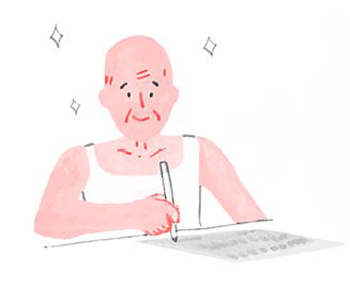Aims:
An advance medical directives (AMD) allows an adult patient to make instructions in advance for situations where they are mentally capable of deciding on a life-sustaining treatment ("LST"), following in-depth discussions with family members and healthcare professionals. In the event of the patient's health deteriorating, healthcare professionals will adhere to the patient's AMD regarding the withholding or withdrawal of pertinent LSTs, provided that the specified preconditions in the AMD are met.
Requirements:
The person must be mentally capable and must volunteer to make the advance medical directive.
Constitutionality:
The Advance Decision on Life-sustaining Treatment Ordinance (The Ordinance) was gazetted on 29 November 2024
Formality:
The maker (the person with dementia) should make the advance medical directive in writing, and in front of two witnesses. The witnesses have to sign the advance medical directive. One of the witnesses should be a registered medical practitioners (RMP) who registered in Hong Kong.
